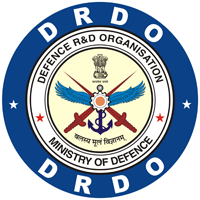A Comparative Study of Machine Learning, Natural Language Processing, and Hybrid Models for Academic Paper Acceptance Prediction
From Reviews to Decisions
DOI:
https://doi.org/10.14429/djlit.21138Keywords:
Peer review automation, Academic paper acceptance prediction, Machine learning models, Transformer based models, Hybrid modelsAbstract
The exponential increase in submissions to top-tier conferences and journals has placed unprecedented strain on editorial systems. To address this challenge, the present study explores the potential of computational modelling for predicting paper acceptance decisions based on peer review content as textual input as well as confidence score and recommendation score as numerical input in the models. We utilised the PeerConf dataset by Hasan, et al. which contains 3,242 reviews across 1,236 papers. In the study we design and evaluate three modelling approaches, including traditional ML models, transformer-based and sentiment-integrated NLP models (BERT, DistilBERT), and a novel hybrid model incorporating structured features, textual inputs and sentiment within ML pipelines. We have used accuracy and F1 scores to capture and compare the predictive effectiveness of the models. Python 3.10 environment and scikit-learn library were used for machine learning models, and Hugging Face Transformers v4.x was used for transformer-based models. The study contributes to the understanding of how hybrid models compare with ML and NLP-based models and provide a viable solution to predict the paper acceptance decisions. All models were trained in a GPU-enabled environment using PyTorch and Scikit-learn. The study also suggests the viability of different approaches for designing editorial support systems. We found that hybrid models outperformed ML and sentiment-integrated NLP models with 83.51 % accuracy and an F1 score of 72.91 %.
Downloads
Published
How to Cite
Issue
Section
License
Copyright (c) 2025 Defence Scientific Information & Documentation Centre (DESIDOC)Except where otherwise noted, the Articles on this site are licensed under Creative Commons License: CC Attribution-Noncommercial-No Derivative Works 2.5 India




